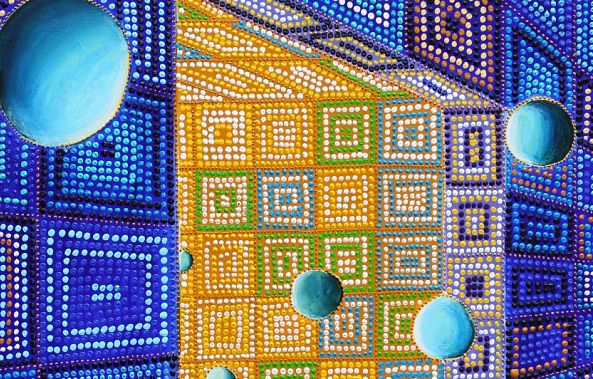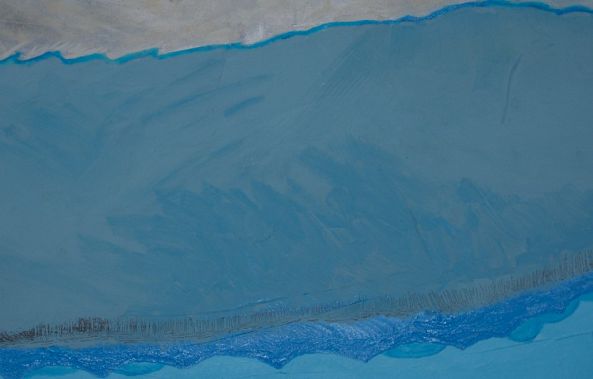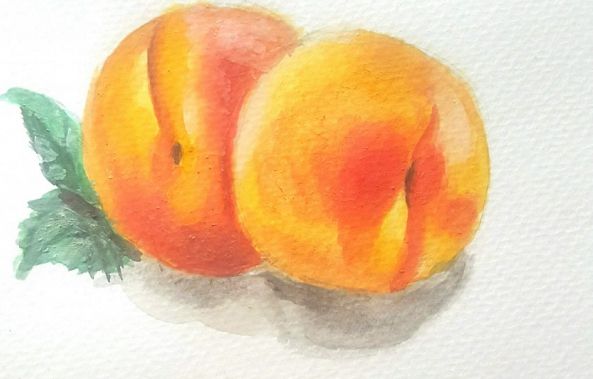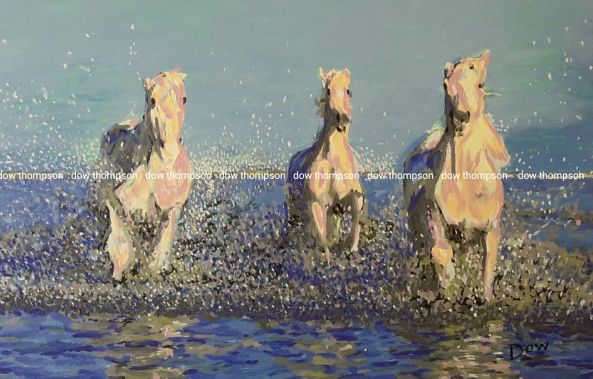Realism
Realism was an artistic movement that began in France in the eighteenth century after the French revolution. The realists rejected romanticism, which was the main dominance of French literature and art since the late eighteenth century. Realism art is at times referred to as naturalism and in the art world, it is the general attempt to represent a subject matter truthfully without any corruption to it and also avoid artistic conventions and any other element.
However, the works of art of realists or naturalists may as well be ‘realist’ instead of illusionist in their subject of the matter. Here they might also stress on the emphasis of the mundane to be sordid.
Who is the father of realism?
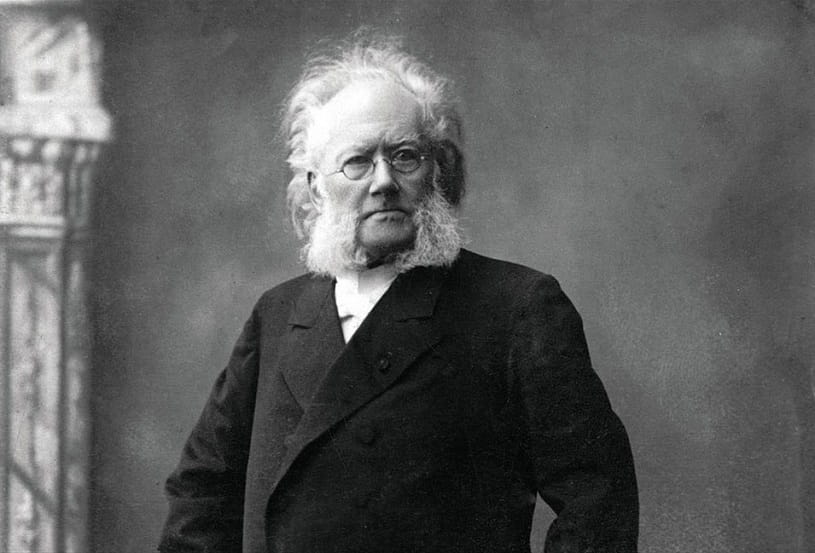
Image via https://www.newstatesman.com
Henrik Ibsen is considered as the father of realism. He was a monumental playwright and revolutionary for the world of theatre. His work has been real instrumental in contributing to sparking the women’s rights movement, and even changing the previously accepted roles imposed by the society as a whole.
The role of realism in society
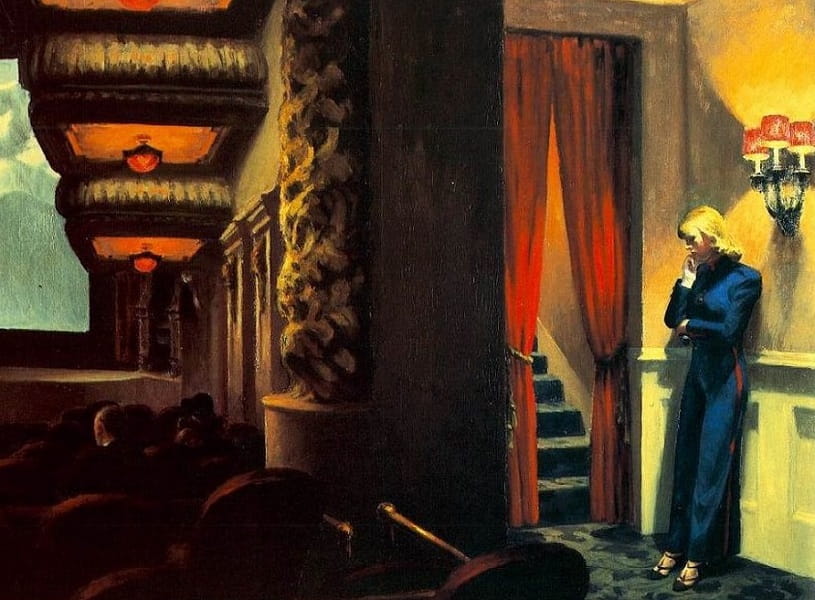
Image via https://www.edwardhopper.net
Realism art is broadly defined as the artistic perception of the representation of reality. In art, realism, is the attempt to represent subject matter truthfully, without any conventions, as well as implausible or exotic supernatural elements that can formulated artificially.
The characteristics of realism art
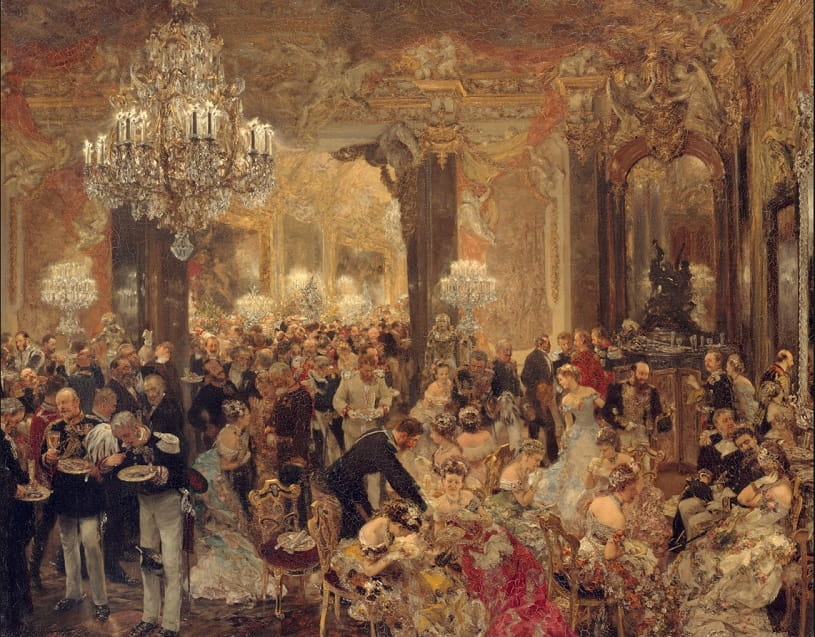
Image via https://commons.wikimedia.org
They can be marked with the prominence of particular terms of figures of speech. When describing the surface quality of realistic literature, its’ appearance should be viewed as being real or true, that is with the likeness to truth, reality or known facts.
Realism can be said to be the precise, detailed and accurate representation in art of the visual appearance of sites or particular objects, this is to say done in a photographic precision.
On the other hand, there realism art that are used to depict, for instance, white angles with wings which are not what an artist has ever seen in real life. At the same time, in the nineteenth century, realism art movement a paint artist was by no means especially noted for precise and careful depiction of visual scenes.
The nineteenth century, during the time of the famous Courbet’s time, there was more often a characteristic of an art that was more an academic painting, which often depicted with great care and professionalism, scenes that were contrived, or imagined historical scenes that happened.
It should be noted that, it is the choice and treatment of a subject matter that would define Realism as a movement in the painting industry, rather than the careful attention to visual appearances. The terms naturalism, naturalistic art has the same kind of ambiguity, although there is a distinction between realistic-being related to the visual appearance of a scene or am object and illusionistic for the actual rendering of visual appearances of an object or scene.
The illusionistic realism
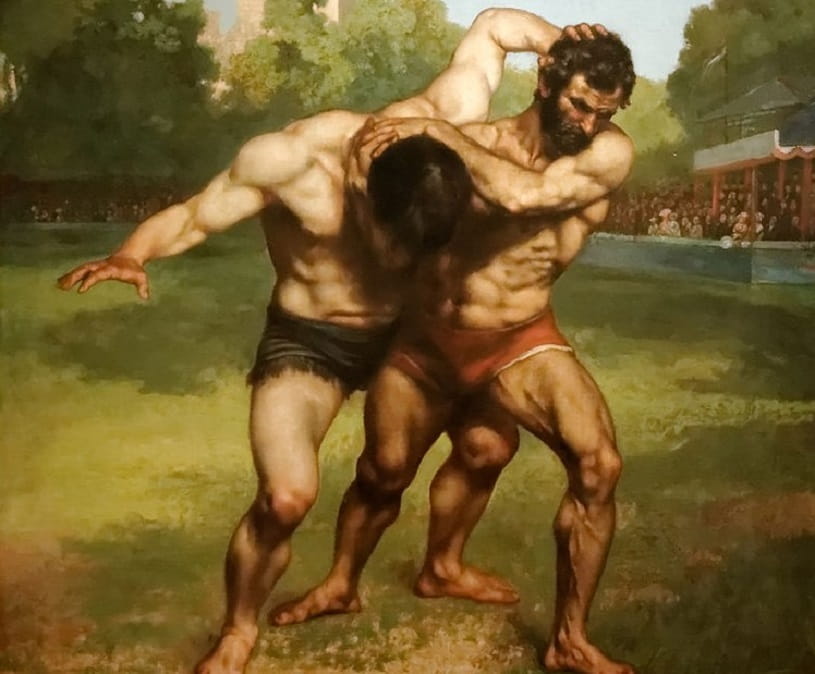
Image via http://arplastik-simoneveil.blogspot.com
The improvement of a more increasingly accurate representation of the visual appearances of objects or scenes has a long history in the art world. It entails the elements such as the accurate depiction of the structure of humans or even animals, the perspectives, effects of distance and the effects of light and colour.
This was quite evident in the art of the upper Palaeolithic in Europe, which achieved a remarkably lifelike depictions of animals in the arts. The ancient Egyptian art also developed conventions having both stylization and idealization that despite everything, allowed very effective depictions to be produced very widely and consistently.
The ancient Greek art is known to have made immense progress in the representation of the anatomy, and has till date, remained an influential model throughout history. Most of the original works from the Greek painters have disappeared. But, from the literary accounts, and the other surviving corpus of derivative works, it is more evident that illusionism was highly regarded in painting.
Most of the Greek paintings indicates the aspiration of the various artists and are considered as legends today. The art paintings are observed to have accuracy in shape as well as light and colour of what was painted. The roman paintings on the other hand, show an unscientific but effective knowledge of representing distant objects smaller than closer ones, and also represent regular geometric forms with perspective.
This development in illusionistic effects did not mean that the artists had a rejection for idealism. The statues of Greek gods and heroes sculptured attempt to represent with accuracy idealized and beautiful forms of the gods and heroes. Moreover, other works included the heads of the famously ugly creatures which were also allowed to fall below the ideal standards of beauty.
The roman portraits which were not under influence from the Greek depicts a greater commitment towards a truthful image of its subjects.
The philosophy of realism
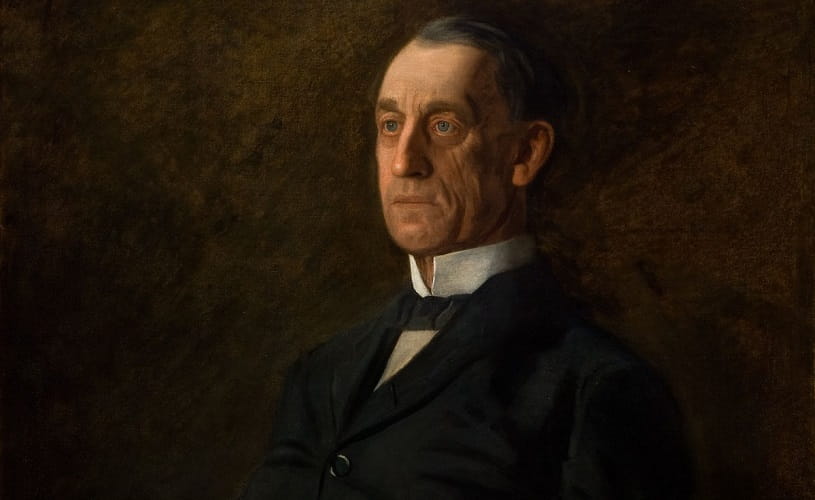
Image via http://reynoldahouse.org
It has been perceived differently by artists from all aspects of the world. Realism about a given subject is the view that the object actually exists in reality independently of our conceptual plan. In philosophical terms, the object is ontologically independent of someone’s concept of its existence or perception as it were.
Realism can be applied to many interesting philosophical objects and events. For instance, the past, future, universes, mathematical entities, the physical world and thoughts.
Realism can also be a point of view about the nature of the very reality we live in. it would claim that the world exists independent of the human mind. This is as opposed to a non-realist’s view which deny the existence of a mind-independent world in reality. Philosophers have claimed that the truth about anything consists in a correspondence cognitive representation and the reality.
On the other hand, realists tend to believe that, whatever we believe now, is only a probability of the actual reality, but that the accuracy and full capacity of understanding, can be improved all together. In some of the contexts brought up, realism is actually contrasted with idealism.
The Greek philosophy
The Greek philosophy is majorly platonic realism. This is realism that regards the existence of universal or abstract objects.
Idealism’s have emphasis on the mental existence. The Plato’s form includes a theory of mathematical realism and ethical realism.
The medieval philosophy
This philosophy has the realism developed out of debates over the problems of the different things in the universe. An exaggerated realism as it were, is contrasted with conceptualism and naturalism, which holds that these things in the universe exist independently and somehow, they were there before the world.
The Early Modern
The Early Modern which originated in the ideas of the prominent Scotland artists, Thomas Reid, Adam Ferguson and Dugald Stewart in the early eighteenth century. They argued that, matters of common sense are within the reach of common understanding, and these common-sense beliefs govern the lives and thoughts of those who hold non-common-sense beliefs.
The late modern philosophy
The late modern philosophy - here metaphysical realism was advocated for which was also termed as the Austrian realism. The thinkers such as Franz Brentano, Alexius meinong and early Edmund Husserl, all stressed the objectivity of truth and its independence of the nature of those who would judge it.
Contemporary philosophy
Contemporary philosophy is also referred to as structural realism or philosophy of science. Bertrand Russell, Ludwig Wittgenstein and Gustave Bergmann proposed the metaphysical realism. After which, Hilary Putnam later embraced a form of anti-realism that he termed as internal realism before which he supported metaphysical realism. The conceptualist realism is a form of realism according to which our conceptual framework maps the reality we live in.
The neo-realism philosophy
The neo-realism philosophy- as opposed to idealism as well as intuition and pragmatism, a realistic movement was born in America and England. The neo-realists have denied the principle of the idealists that, consciousness constitutes reality and have termed it as false. The reality of its own nature is extra-mental, having no relation to any subject. The neo-realistic thinkers have the notion that reality is a being made up of a plurality of mere simple and unchangeable entities. These entities can have relationship with each other, and any relationship is an added reality which does not change the entities that happen to be in contact with each other.
For example, a man will remain the same, even though he becomes an uncle, this is referred to as exteriority of relationship.
Knowledge is nothing other than external relationship, and its nature consists in making an object present to a subject. Again here, both the object and the subject remain what they are.
The most important neo-realists who have developed this philosophy are Alfred North Whitehead, Bertrand Russell and George Santayana.
Famous realists’ artists
Gustave Courbet
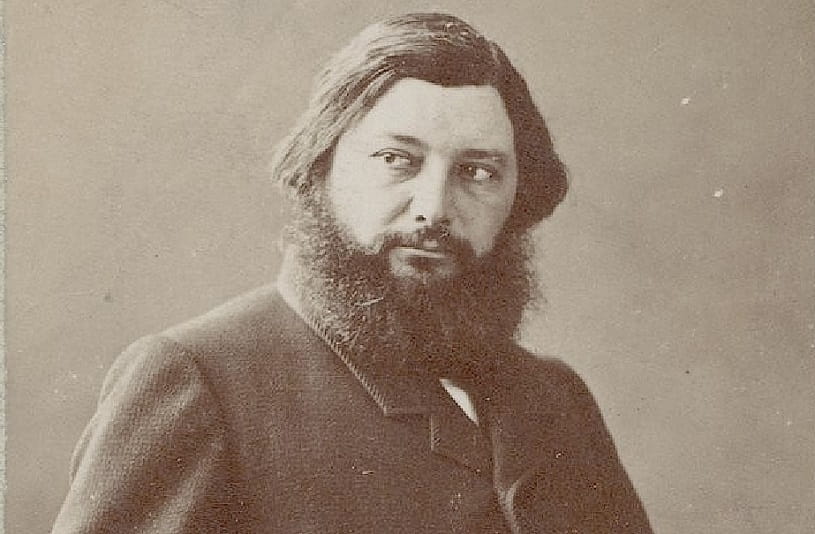
Image via wikipedia.org
Gustave Courbet was born in June 10, 1819. He was a French undisputed leader of realism and the most important key figure responsible for the movement that rejected the predominant romantic and neoclassical schools in Europe. He depicted non-idealized peasant and workers on a grand scale reserved for religious or historical subjects. His art depicted the social issues during his time. His famous masterpiece was art of a Burial at Ornans in 1850. His other works include; The origin of the world in 1866 and The Painter’s studio in 1855.
Edward Hopper
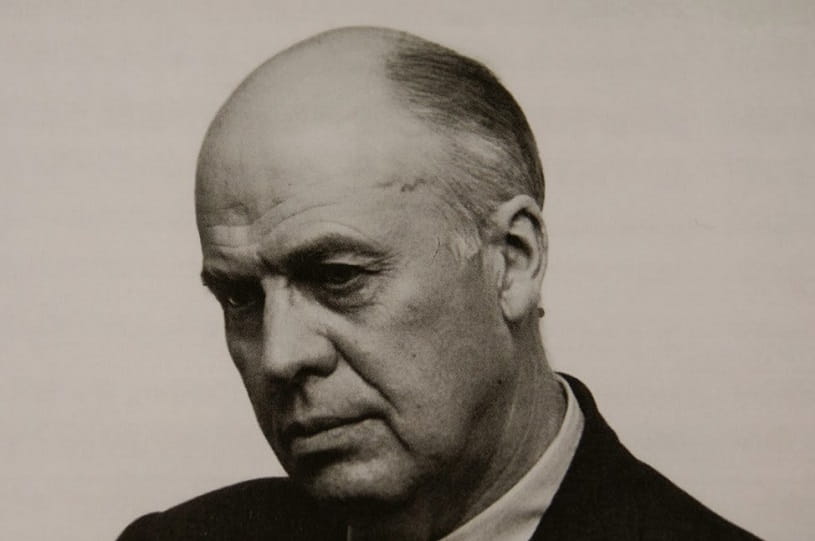
Image via http://fenetrece21.blogspot.com
Edward Hopper was born in July 22,1882. He was an American artist who is marked by minimum of action with almost no sign of life and mobility. He is known for his use of dramatic means to suggest the psychological states of his subjects. He is the most famous American realist painter. He has been said to have made a portrait that is more revealing of the twentieth-century America. His masterpiece being the Nighthawks in 1942 which is one of the most recognizable paintings of American art. His other famous works include; The Automat in 1927, and The New York movie in 1939.
Adolph Von Menzel
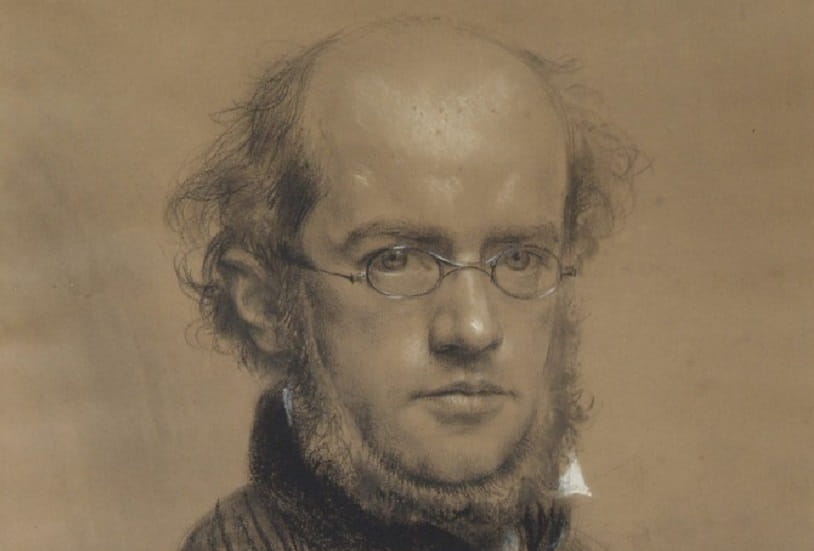
Image via https://www.stadtmuseum.de
He was born in December 8, 1815. He was a German artist. He was best known for demonstrating scenes from the life of Frederick the great during his time. He captured the monarch as a man who was both hated and admired. He captured his art with amazing detail and precision. He was a skilful draftsman. His masterpiece was the Eisenwalzwerk, iron rolling mill in 1875. His other works included the Balcony room-1845 and the flute concert with Frederick the great in Sanssouci-1852.
Thomas Eakins
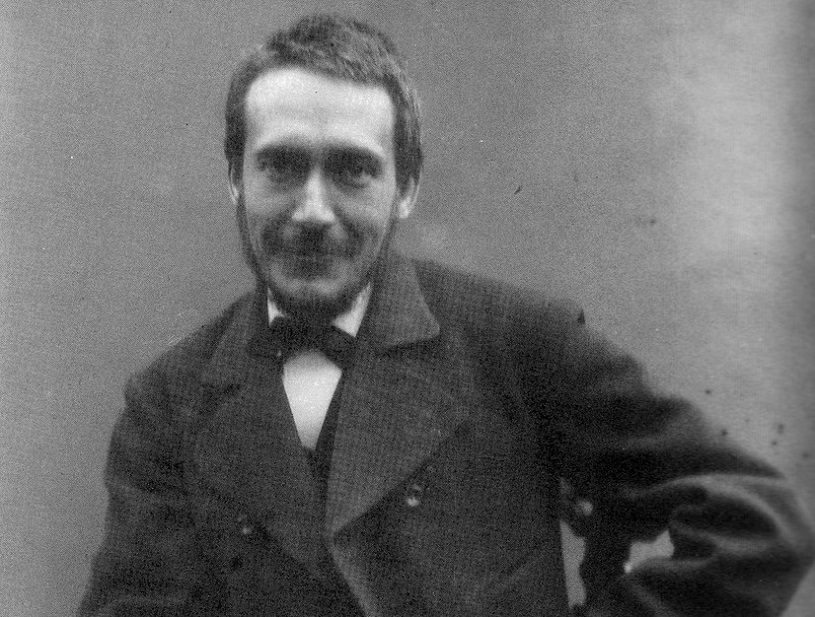
Image via wikimedia.org
He was an American artist. He was born in July 25, 1844. He was a painter, photographer, sculptor and an educator of the fine arts; Thomas Eakins received little recognition during his lifetime. Eakins brought about the individuality of his models and created what are now regarded as masterpieces in portraiture. His most renowned artwork The Gross Clinic. His other works include; the Agnew clinic-1889 and the Max Schmitt in a single scull-1871.
Honore Daumier
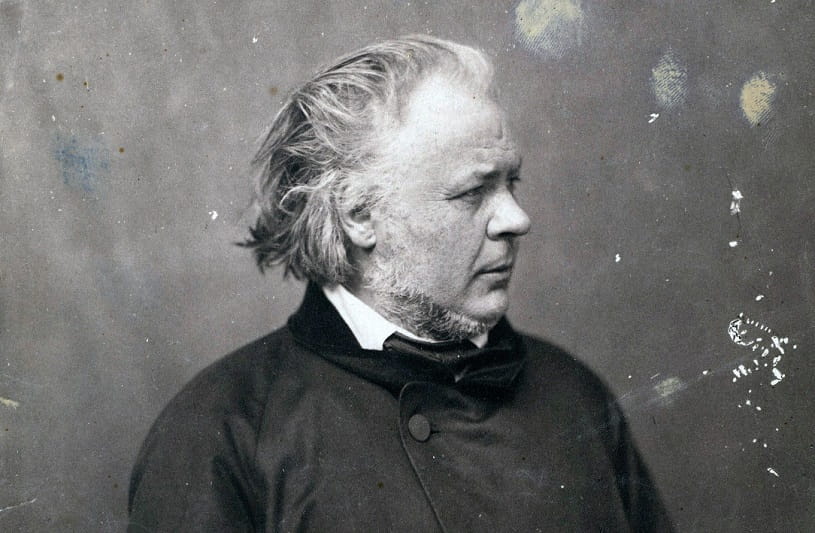
Image via he.wikipedia.org
Honore Daumier was born in February 26, 1808. He was one of the leading figures of the French realism art movement. Though a prominent painter, sculptor and printmaker, he is best known for his caricatures of 19th century French socio-political life. He satirized government officials and the manners of the bourgeoisie while finding heroes in the working class. He was even imprisoned for six months for portraying the King Louis Philippe I and his regime in a negative light. Among his realist artworks, which highlights the socio-economic distinctions in the newly modernized France, are three paintings which depict the experience of modern rail in first, second and third-class carriages. His masterpiece is the Rue Transnonain-1834. His other works include; Gargantua (1831) and Les Gens de Justice (1840).
Winslow Homer
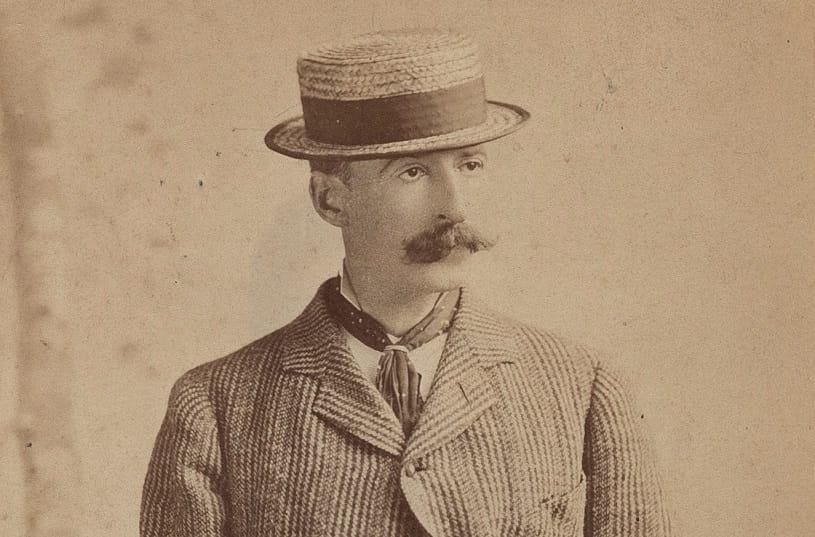
Image via wikipedia.org
Winslow Homer was born February 24, 1836 - was a largely self-taught American. In the 1870s, he created many paintings depicting rural scenes of young people, children and life in a farm. His most famous works are; large marine paintings, which often showcase man’s dramatic struggle with nature. Homer’s realism was objective, true to nature and emotionally controlled. His masterpiece is the Gulf Stream 1899. His other works include: Snap the Whip-1872 and the Eight Bells-1886.
Among many others. The future of realism could be imitated from these artists, in order to keep the future art unique and of good quality for all history.

